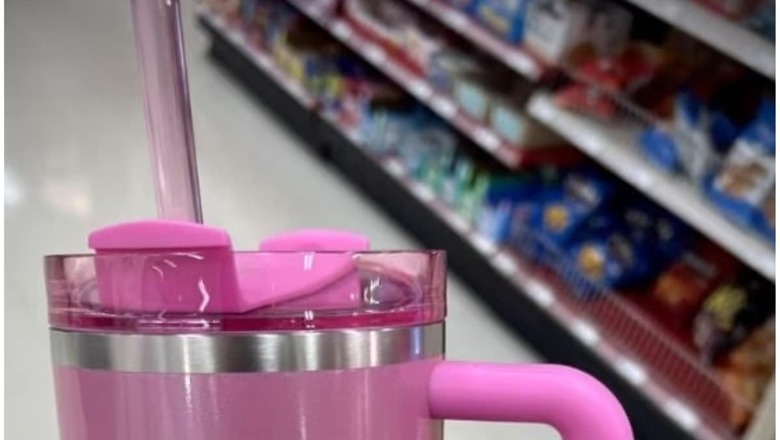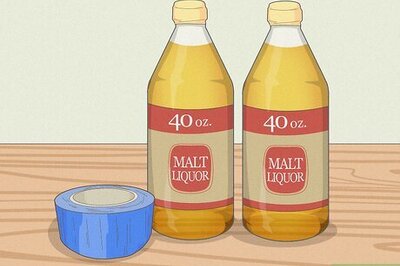
views
The viral Stanley tumblers, branded as Adventure Quencher, have become a must-have product, with people swearing for its high quality, ease of use, and almost mythical power of encouraging one to stay hydrated. Stanley, an over a century-old brand, was once a staple of hikers and adventure enthusiasts but in the past few years, it has become a household name in the USA. Such has been the brand’s popularity that its sales rose by 275% from 2020 to 2021. Recently, the tumblers have been courting some controversy with some people claiming that the brand’s use of lead in its insulated products can cause lead poisoning.
In response to these fears and speculations, Stanley spokesperson told the Today Show, “Yes, Stanley uses lead in its manufacturing process for its cups, but they only pose a risk of lead exposure if the cover on the bottom of the tumbler comes off and exposes the pellet used to seal the cup’s vacuum insulation.” The spokesperson added that no lead is present on the surface of any Stanley product that could come into contact with beverages.
The company also told FOX Business, “Our manufacturing process currently employs the use of an industry-standard pellet to seal the vacuum insulation at the base of our products; the sealing material includes some lead. Once sealed, this area is covered with a durable stainless steel layer, making it inaccessible to consumers.”
Another possible health risk indirectly caused by the Stanley Cups is the excessive intake of water which can lead to mismanagement of the body’s electrolyte levels. Stanley’s Adventure Quencher is most popular for its 40 oz or 1.1 litre variant. It retails for 45 USD, which is approximately INR 3,700.
Dr. Isaac Dapkins, the Chief Medical Officer at the Family Health Centers at NYU Langone, spoke to The Post about how the popular 1.1-liter cup can cause excessive intake of water. He said, “I think the concern and issue is that everybody’s gonna start drinking a huge amount of water.” He added, “If you’re filling it (the tumbler) up with water and drinking it a lot during the day, there is a theoretical risk that you could dilute the electrolytes in your body and that could be bad for you.”
Dawkins explained that when sodium or electrolyte levels go down one can get headaches, fatigue, or muscle cramps. Constant excessive water intake can also lead to dangerous swelling in the brain.
















Comments
0 comment